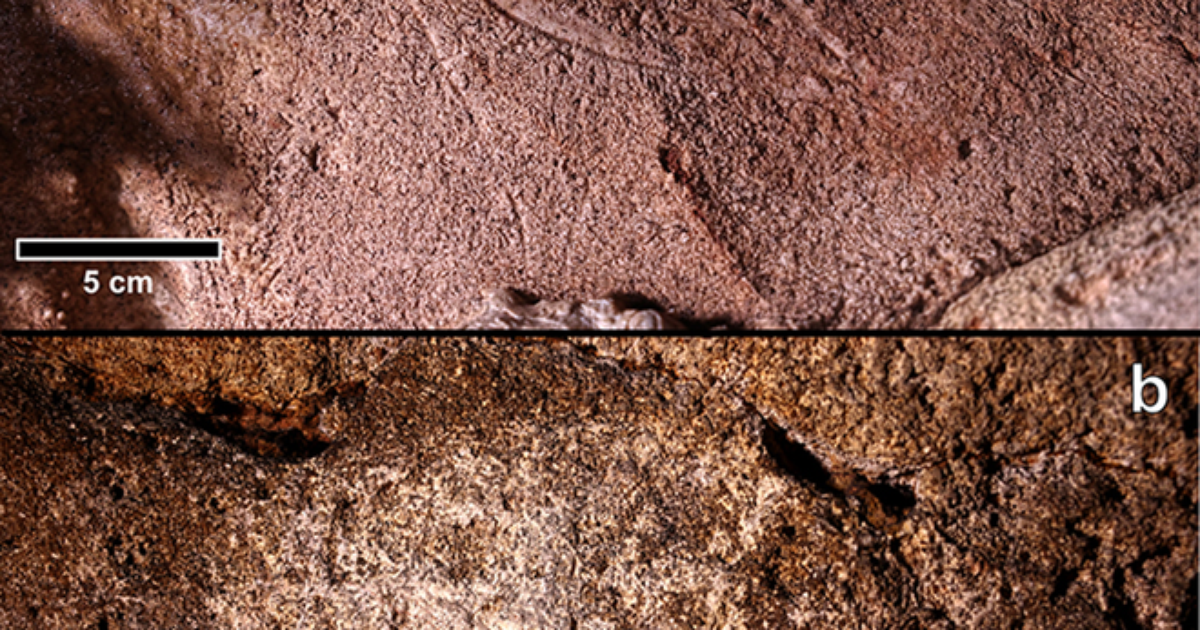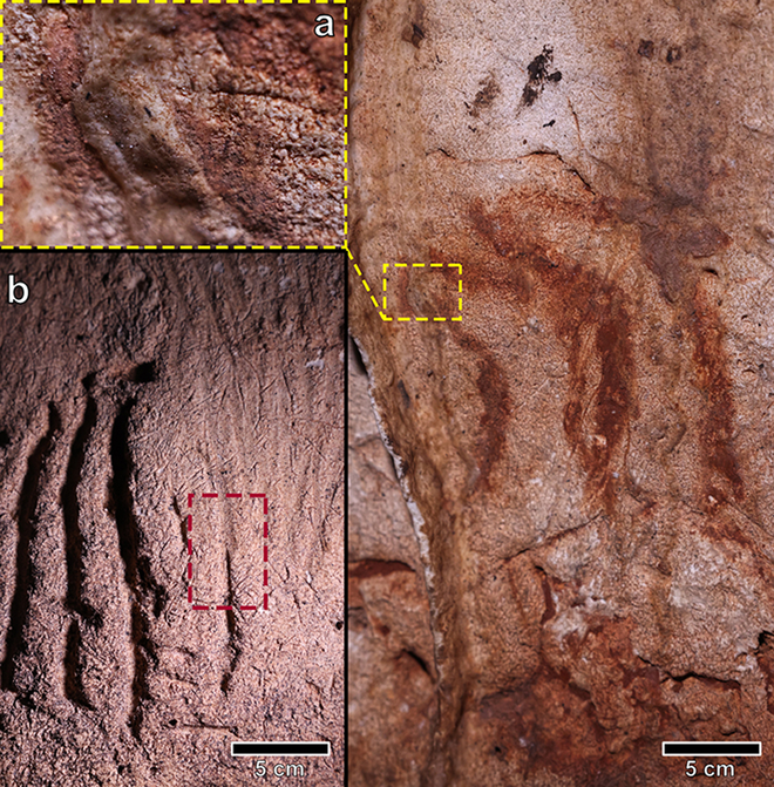Scientists have found exceptional prehistoric engravings in a cave in Spain, with rock art of great quantity and quality and in an unprecedented location in the country.
September 15
2023
– 6:11 pm
(Updated at 7:41 p.m.)
Archaeologists have discovered a cave in the Valencia region of Spain that contains the largest collection of antiquities Rock art from the eastern Iberian Peninsula. With more than 100 Prehistoric engravingsThe network of sculptures and drawings represents at least 19 different animals and is probably over 24,000 years old.
In fact, the site was already known, and the cave was called Cova Doves. Cave explorers and trail enthusiasts have already visited the site, but it was only in 2021 that researchers noticed ancient art on the walls of the natural structure. In 2023, deeper explorations determined that the site was a great Paleolithic art sanctuary, containing a large number of diverse inscriptions and representations, as well as a wealth of detail and numerous technical characteristics.
What makes the rock art at Cova Doves special?
There are several things that distinguish Spanish cave carvings from other rock art. For starters, its location is surprising: before we found it, there were only three examples of it Pleistocene art In caves in eastern Spain, the majority of them are concentrated in the north of the country and outside the Pyrenees in France. Cova Doves are located to the east and southeast.
In addition, there is the variety and quality of the engravings mentioned above. The walls contain more than 110 graphic units, and the main decorated area is about 400 meters inside the cave. There are 19 different animals, seven horses, seven female red deer, and two the cheapestHe mentioned a deer and two unknown species.
Other images include “traditional signs” such as rectangles and other geometric shapes, as well as tubular patterns known as “macaroni”. Many techniques and methods were used to create the reliefs, including scraping limestone from the walls to create shaded shapes. This technique is particularly rare in Paleolithic arthad not previously been identified in eastern Iberia.
Another surprise is the fact that the paintings were made by applying red clay to the walls – the material used was usually diluted ocher or manganese powder. It is not possible, according to scholars, to precisely date the time at which the inscriptions were produced, but there are some clues.
One of the most useful elements is the presence of claw marks. Cave bearsWhich overlaps with some graphics. Knowing that animals scratched the art after it was made, and knowing when the species became extinct, it can be concluded that at least some of the rock art was made more than 24,000 years ago.
source: Antiquity
Popular on Canaltech:

“Coffee trailblazer. Social media ninja. Unapologetic web guru. Friendly music fan. Alcohol fanatic.”









More Stories
World of Horror is a horror video game created using MS Paint – by a dentist | video games
Apple Watch Ultra 3 may not include hardware updates
The new Nokia phones will be launched on the market with a distinctive design, but simple specifications – equipment